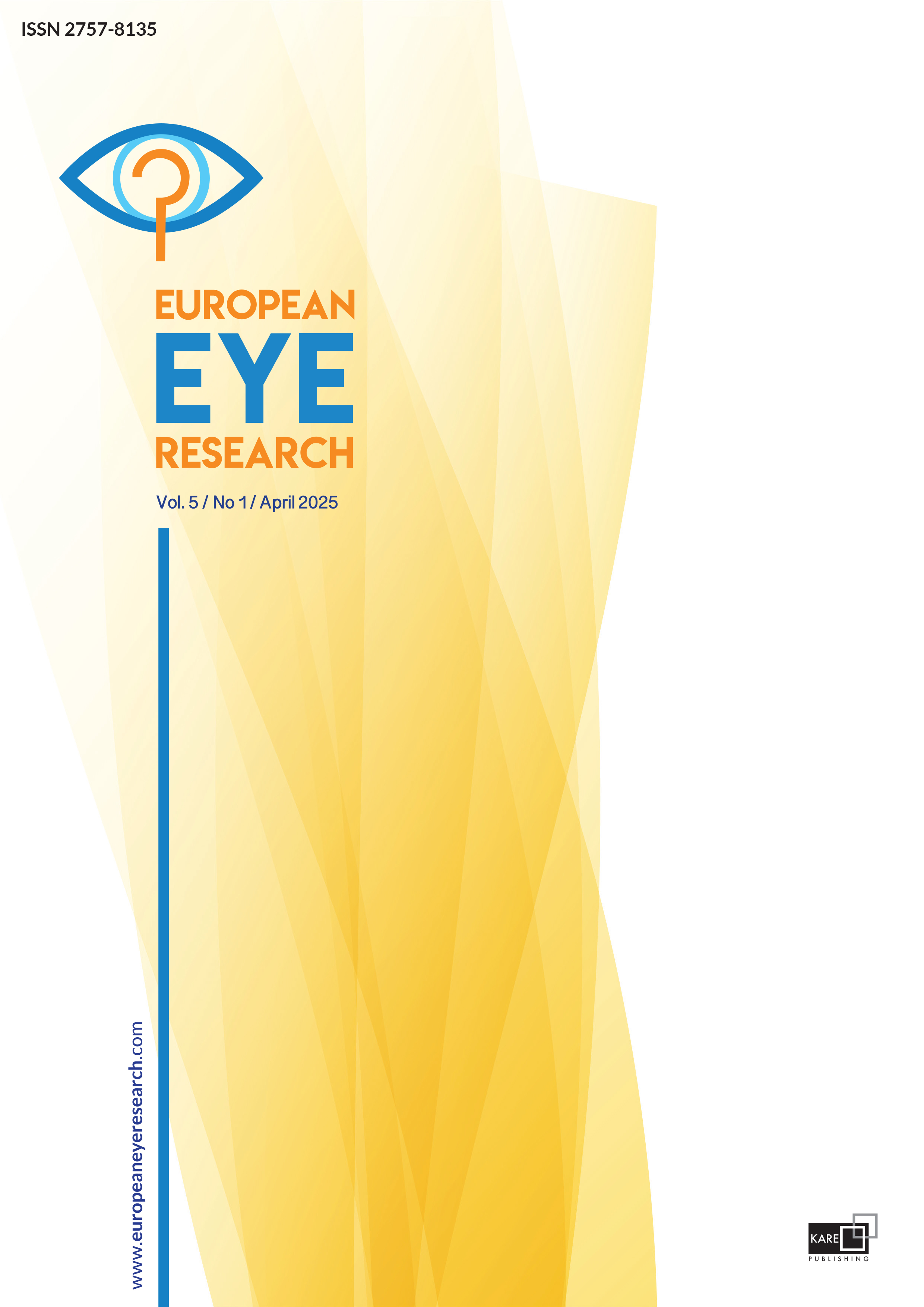

Biometric features and amblyopia risk factors in children with congenital nasolacrimal duct obstruction that underwent probing after 1-year-old
Elif Demirkılınç Biler, Melis Palamar, Önder ÜretmenDepartment of Ophthalmology, Ege University Faculty of Medicine, Izmir TurkeyPURPOSE: The purpose of the study was to evaluate the biometric values of children with congenital nasolacrimal duct obstruction (CNLDO) who underwent nasolacrimal probing after 1-year-old and to determine the effect of probing success and laterality on these values.
METHODS: The medical records of children with CNLDO who underwent probing were retrospectively reviewed. Biometric measures (cycloplegic refraction, keratometric data, and axial length measurements), presence of anisometropia, and other amblyopia risk factors were analyzed according to both probing success and laterality. In unilateral cases, the affected eyes were compared with contralateral eyes.
RESULTS: A total of 49 eyes of 39 patients were examined. One or more amblyopia risk factors were detected in 13 (33.3%) patients. Clinically significant anisometropia was detected in six (20.7%) of 29 unilateral cases and two (20%) of 10 bilateral cases. Six eyes of 6 patients (18.8%) among the 32 eyes for which probing was successful and six eyes of 5 patients (35.3%) among the 17 eyes for which probing failed had at least one risk factor with no statistically significant difference between the groups. In unilateral CNLDO cases, the spherical equivalent refraction of the eyes with CNLDO was significantly higher than that of contralateral eyes (p=0.03). However, no significant differences in terms of keratometric or axial length measurements were detected.
CONCLUSION: The data yielded by this study show amblyopia risk factors in patients with CNLDO regardless of probing results and significantly higher refraction in unilateral CNLDO eyes compared to contralateral eyes.
Manuscript Language: English



